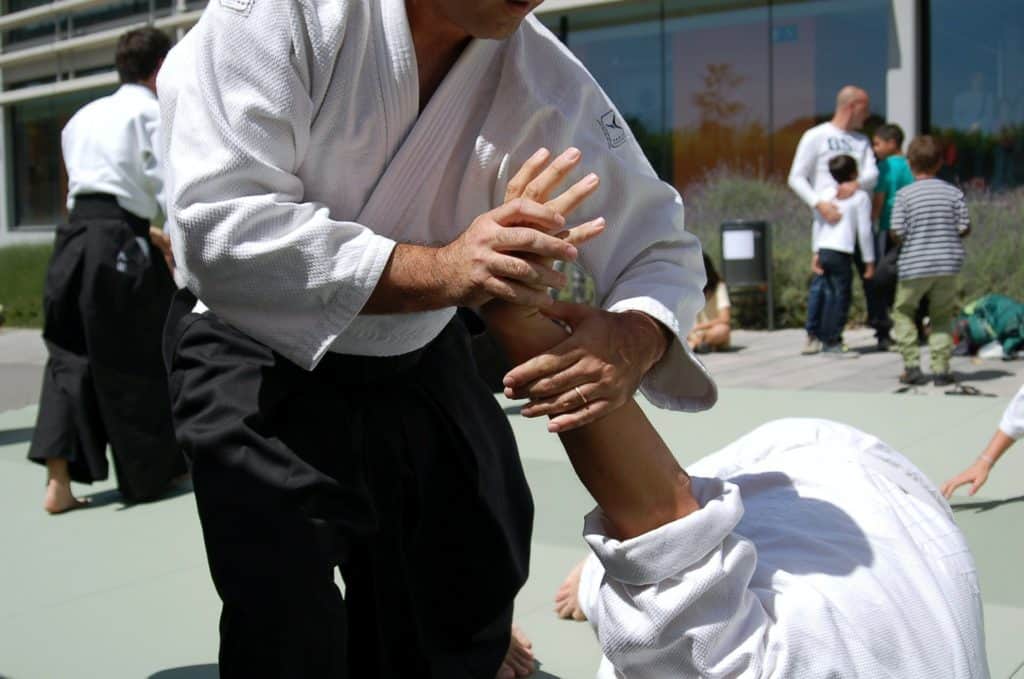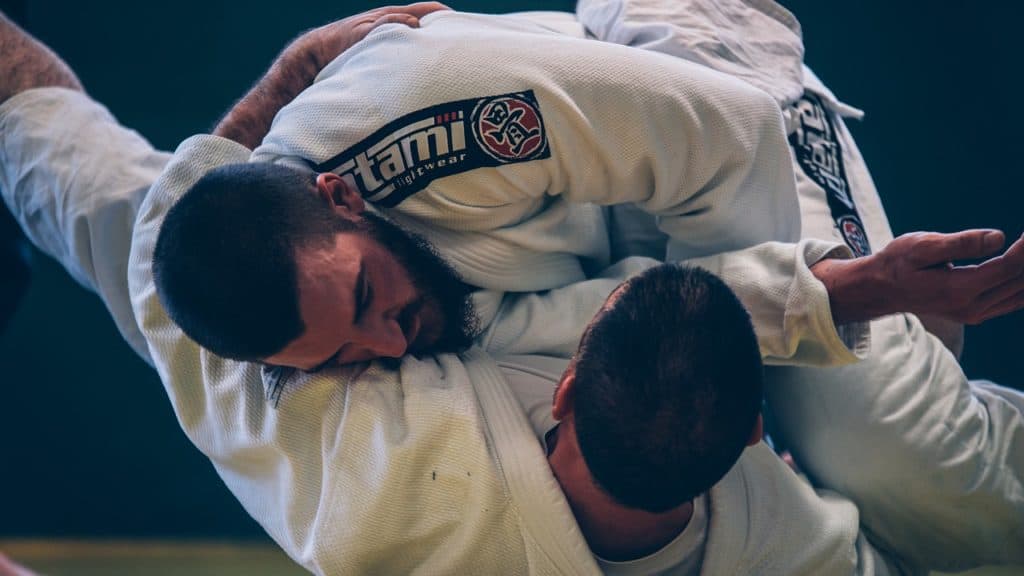
The world of martial arts is immense, and it can be intimidating for one to get into.
But if you take it one step at a time, you’ll find that even though there is so much to digest, it’s actually incredibly interesting. And a great place to start is knowing the difference between linear, circular, and ground martial arts.
While there are numerous fighting styles and practices out there from variegated cultures from all corners of the world, a lot of them fall under these three categories.
If you’ve ever watched an MMA match or watched highlights of fight competitions, you might have even seen a mix of all three of these types of martial arts used in a span of seconds.
While these are definitely not the only ways to classify martial arts, it puts them into easily distinguishable categories that can help you in your process of learning fighting traditions.
And in this article, we’ll be explaining all three of these categories and examples of martial arts that fall under each ucategory. Read on to find out more.
Intro To The Basics Of Martial Arts Training

Each Martial Arts fighting style is unique, that’s why one style will never have a huge advantage over another, as it also depends on how a fighter uses the techniques and skills.
Since each style is unique, training in a specific discipline is different every time. That being said, there are a couple of things you can expect when starting out martial arts training.
Repetition
You will have to get the most basic movements of a martial art perfect before making any progress. That’s why you can expect to be doing a lot of forms and not a lot of actual fighting at first to make sure you understand the fundamentals. Don’t worry, it’ll be worth it.
Philosophy
Most martial arts revolve around philosophies and morals that must be followed by practitioners, and it’s important to teach these things early on in the training process.
Effort
Learning a new martial art will require you to push your mind and body to its limits. It can be felt even at the start, but it’s what it takes to move forward.
Linear And Circular Motions
Before diving into the types of martial arts, it’s important to understand the basic classifications of movements in martial arts, as this will help in understanding which styles fall under which categories. Linear motions consist of more blunt and direct techniques such as head-on strikes.
These motions are also called hard techniques and can involve striking one diagonally. These techniques require a lot of general strength to execute properly with a great focus on technique to make the most of the strike.
Circular motions, on the other hand, are more defensive in nature. It’s meant to use an attacker’s strength and momentum against themselves. This also involves a defender using the minimum amount of strength needed, which means technique and form are given great emphasis.
Movements of this sort are also called soft techniques and this usually leads the defender to use the attacker’s momentum and force against themselves in order to throw them off balance or throw them in a direction that would give the defender a positional advantage.
Linear Martial Arts

A linear martial art is one that uses mostly linear or hard movements. So that means striking, kicking, punching, and elbowing among other types of movements. This means that martial arts such as boxing, kickboxing, Muay Thai, and Taekwondo fall under linear martial arts.
The reason behind this is because these fighting styles rely mostly on striking an opponent. In Taekwondo, a phrase that can be translated to “the way of hands and feet”, fighters use a variety of kicks and punches (but mostly kicks) to defeat their opponents.
As explained earlier, these are hard/linear movements, which is why this fighting style falls under the linear category.
Other styles that fall under this category are Karate, Wing Chun, Fencing (though this could also be called circular, more on that later), and Arnis.
Circular Martial Arts

As one might expect, circular martial arts are those that use mostly circular or soft movements. This means a lot of self-defense techniques and styles such as Hapkido and Jiu-Jitsu fall under this category.
Both of these martial arts rely mostly on countering an attack from an opponent, using their own force and momentum against them, resulting in you gaining the upper-hand in the fight.
The reason Fencing can also fall under this category is that it also uses circular motions or soft techniques when defending the hard strikes of an opponent. Using their own momentum to throw them off balance and give you the opportunity to score a clear strike.
The reason it’s hard to classify martial arts under one of these two categories is because there are so many styles out there that utilize both types of movements, which is why circular and linear martial arts are considered very broad terms, but it is a good place to start.
Ground Martial Arts

Another category that martial arts can fall into in a general sense is ground martial arts. As the name suggests, these are martial arts that use techniques with both you and your opponent being on the ground. These martial arts involve both circular and linear movements.
Strikes are often used, which you can see in ground-and-pound techniques used by most modern MMA fighters nowadays. You can also see circular movements in the way fighters put their opponents into locks such as a rear-naked choke, armbar, or headlock.
Examples of these martial arts are Russian Sambo, Brazilian Jiu-Jitsu, Judo, Sumo, and Wrestling. All of these fighting styles involve grappling with your opponent to gain an advantage. This requires a lot of strategy and technique utilized at the same time to use your strengths to your advantage and using your opponent’s strength against them.
These fighting styles are very commonly seen in MMA fights and can usually be what gives the victor the final advantage needed to best their opponent.
Final Thoughts
So there you have it, all the basics of the three categories of martial arts. It’s important to remember that these terms are umbrella terms and most martial arts will have a combination of all three of these styles. But knowing these three categories is a great way to start understanding the deep and interesting world that is martial arts.


